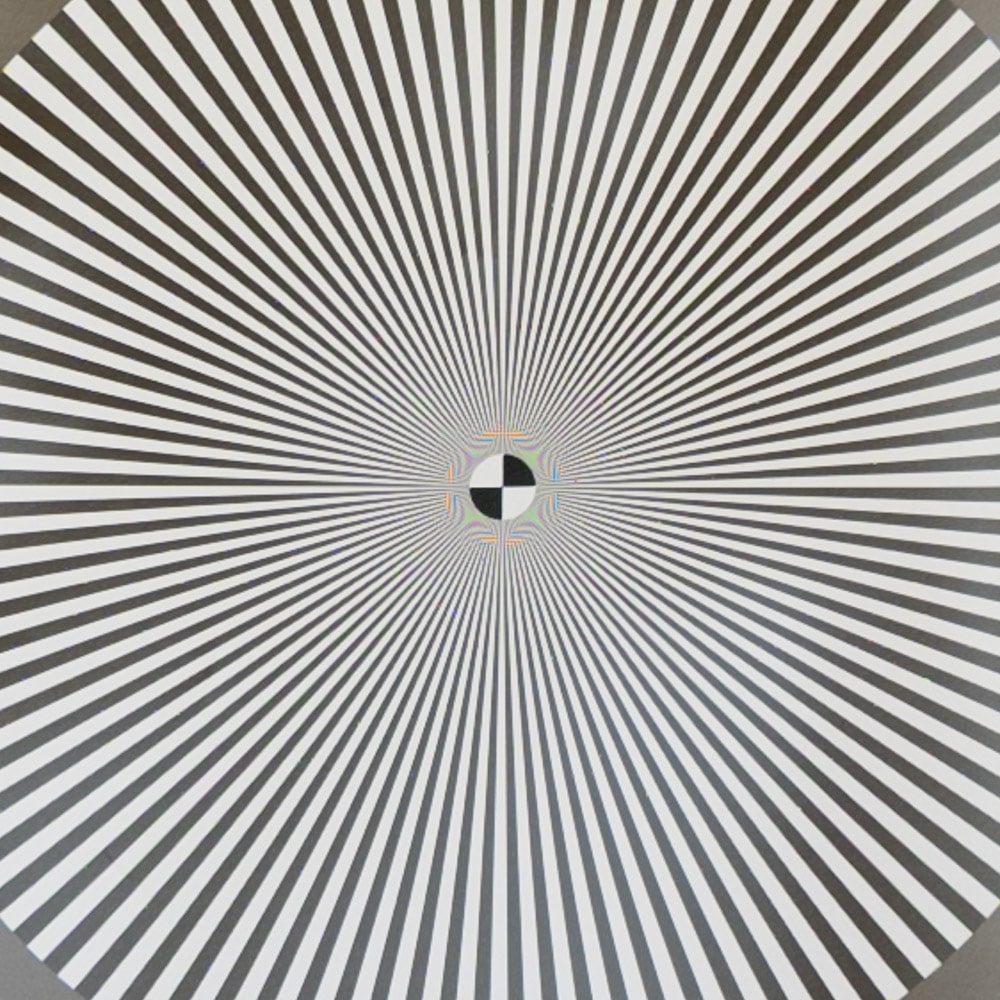P. Chong
Well-known member
I was wondering what you guys think of the thoughts expressed in the following article. I believe Lloyd Chambers also wrote something similar.
https://blog.kasson.com/gfx-50s/on-microlens-size-in-the-gfx-100-and-gfx-50r-s/
https://diglloyd.com/blog/2019/20190818_0900-FujifilmGFX100-vs-FujifilmGFX50S.html
If as Kasson suggested, the issue with the GFX50 is due to the microlenses on the sensor, is the same argument also applicable to the X1D sensor, since they are essentially the same. I haven't shot with GFX50, but I don't think I am seeing the crunchiness or oversharpening that is being discussed. Thoughts, anyone?
https://blog.kasson.com/gfx-50s/on-microlens-size-in-the-gfx-100-and-gfx-50r-s/
https://diglloyd.com/blog/2019/20190818_0900-FujifilmGFX100-vs-FujifilmGFX50S.html
If as Kasson suggested, the issue with the GFX50 is due to the microlenses on the sensor, is the same argument also applicable to the X1D sensor, since they are essentially the same. I haven't shot with GFX50, but I don't think I am seeing the crunchiness or oversharpening that is being discussed. Thoughts, anyone?

